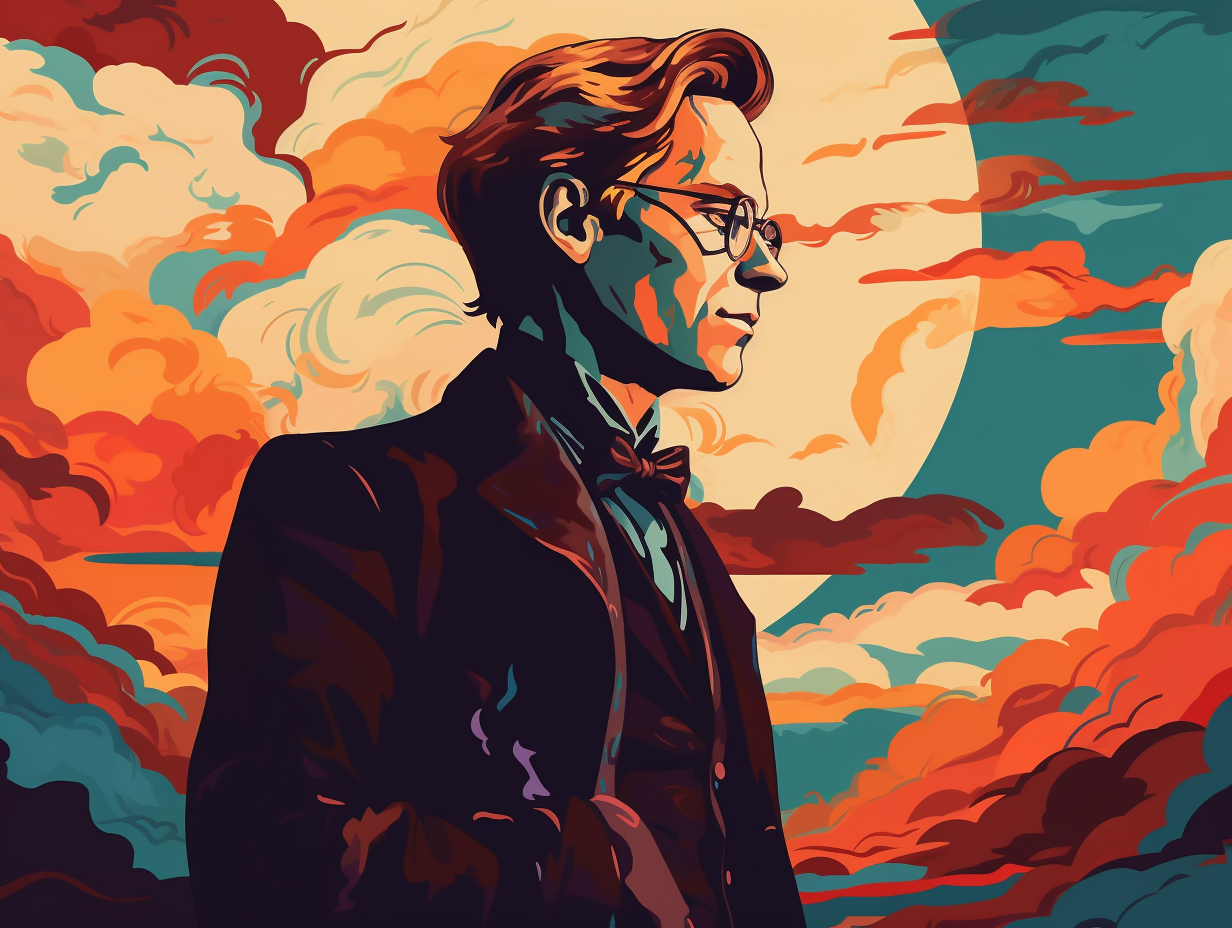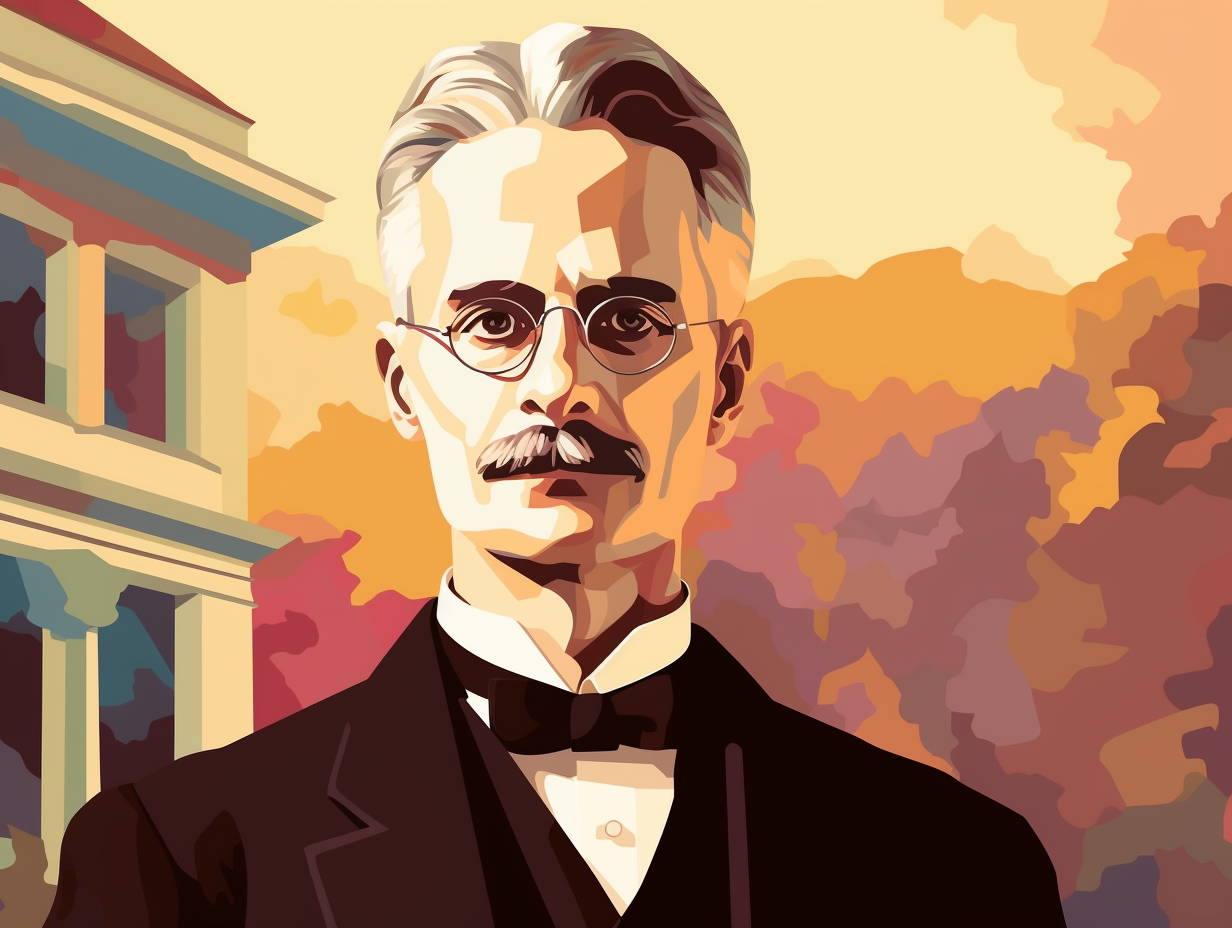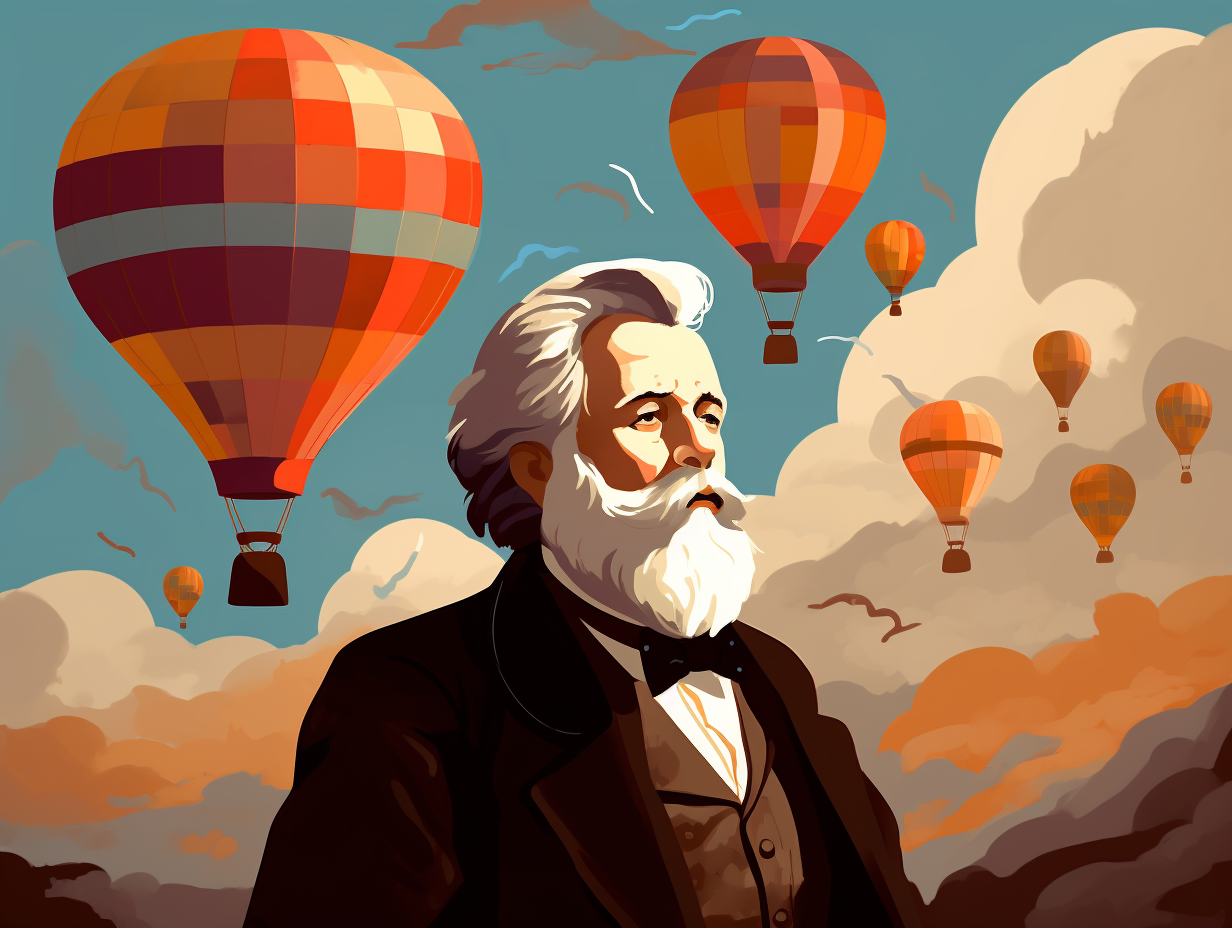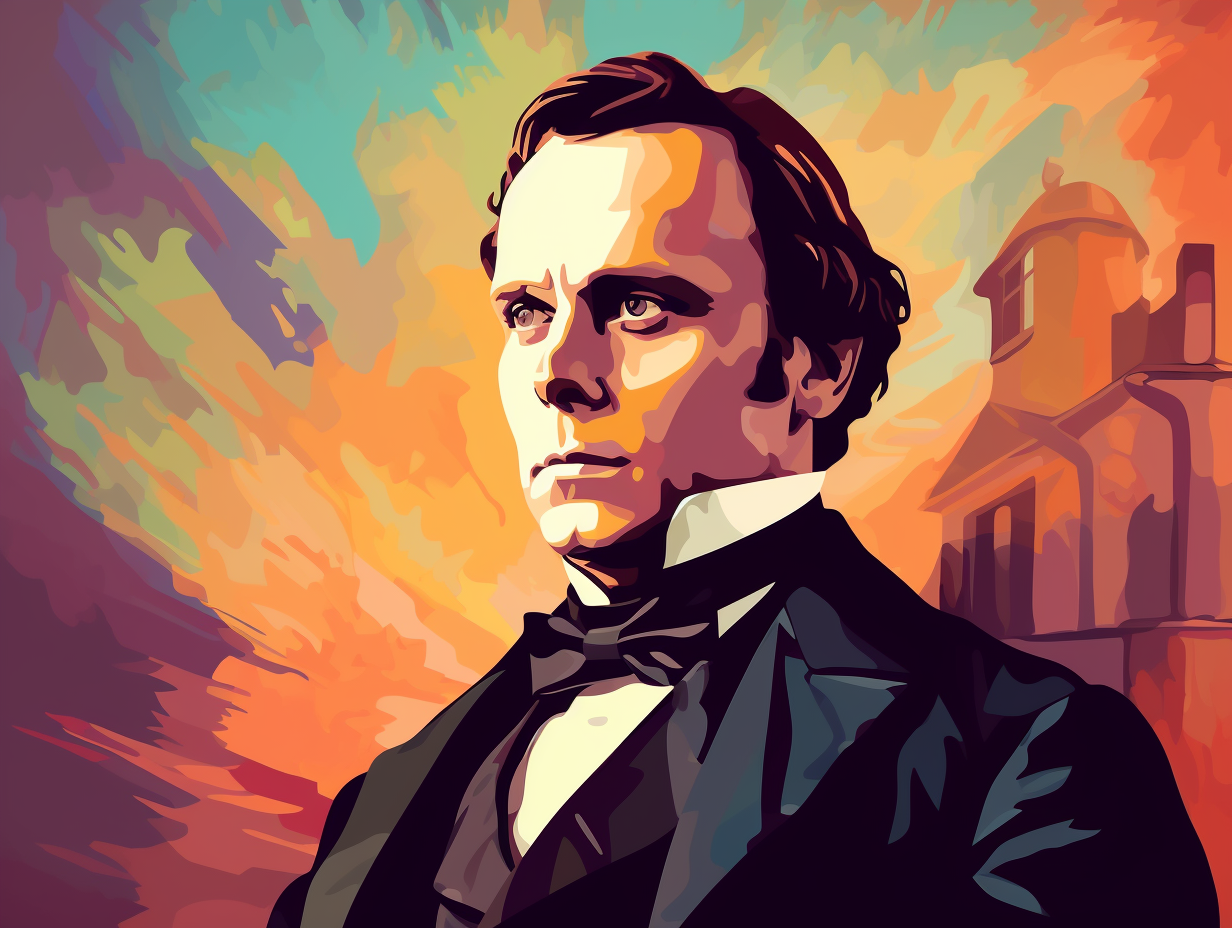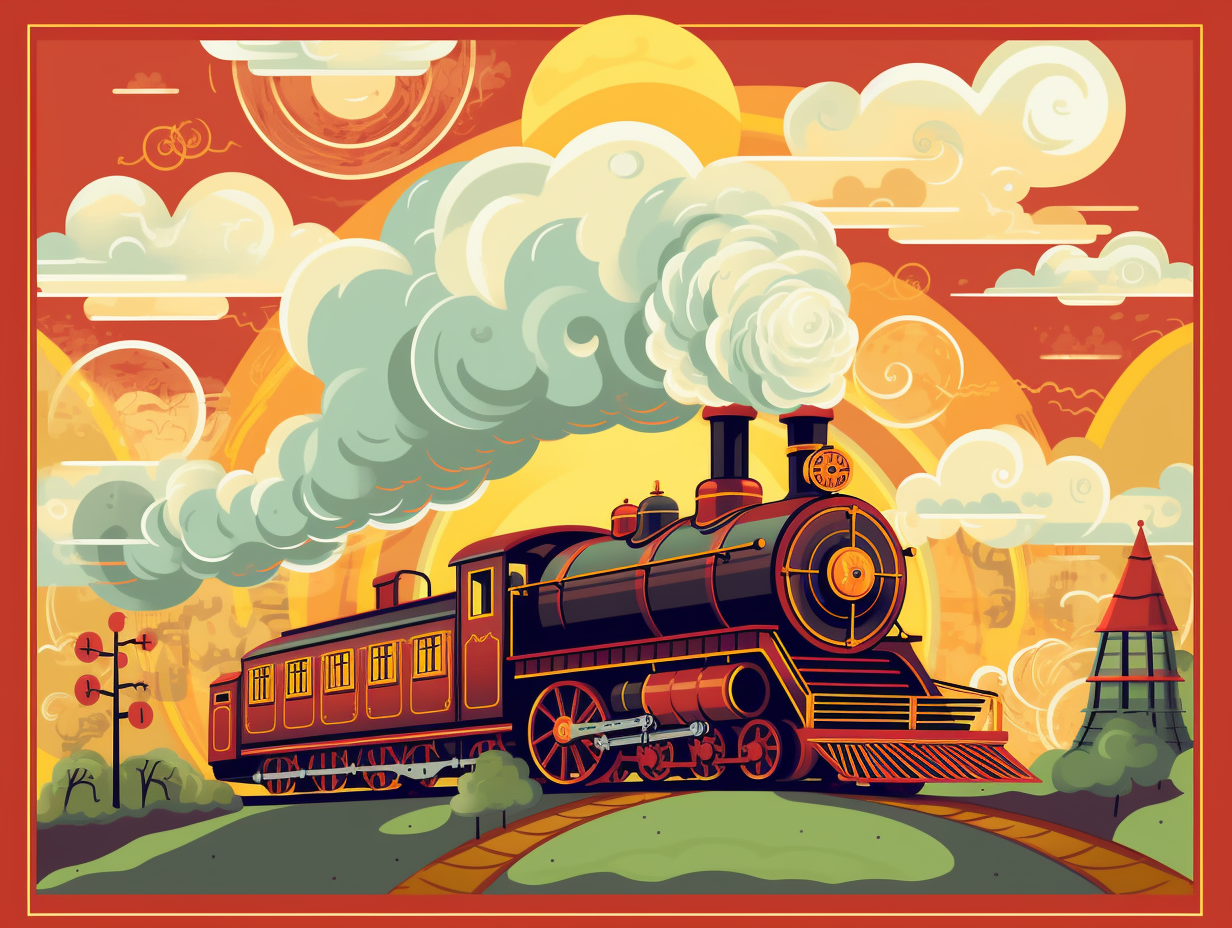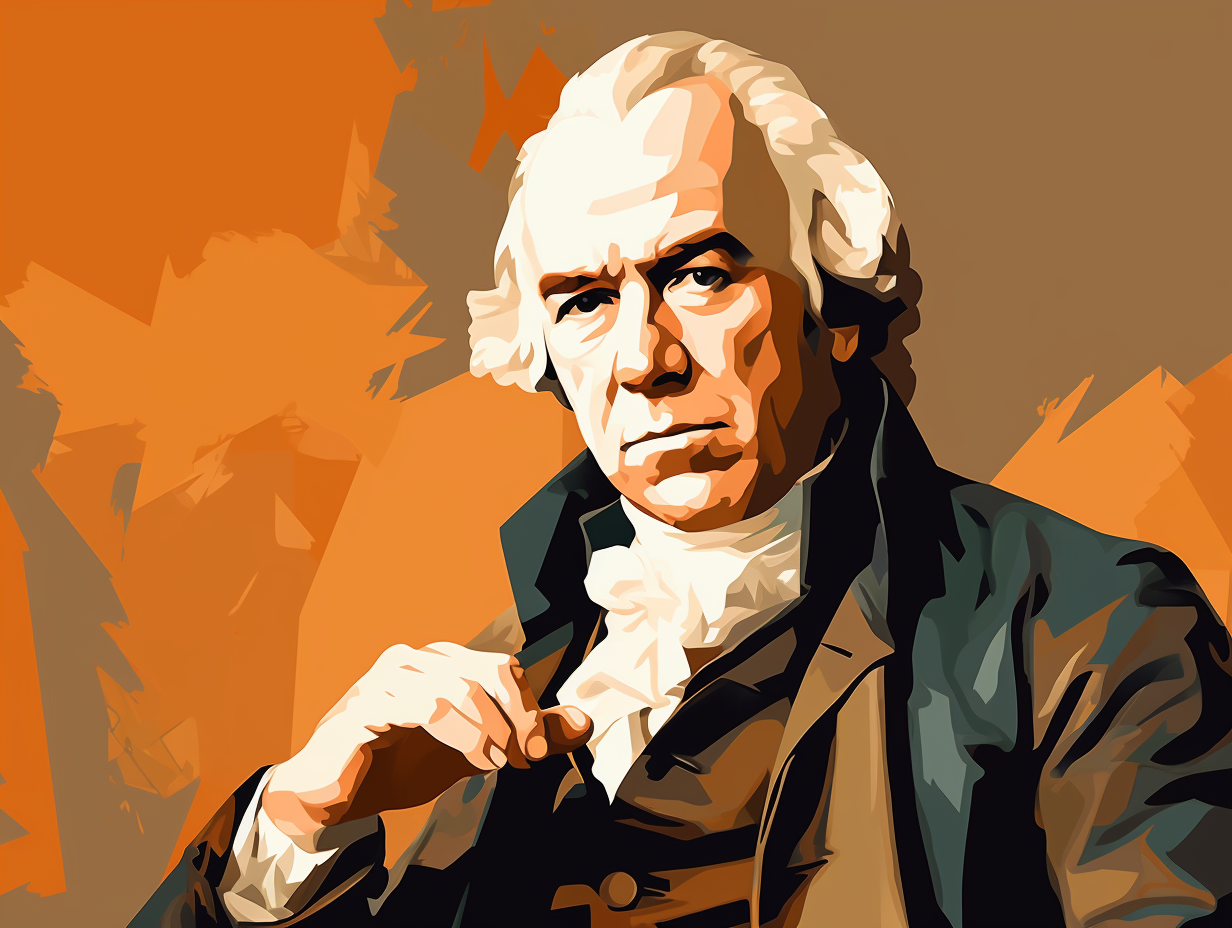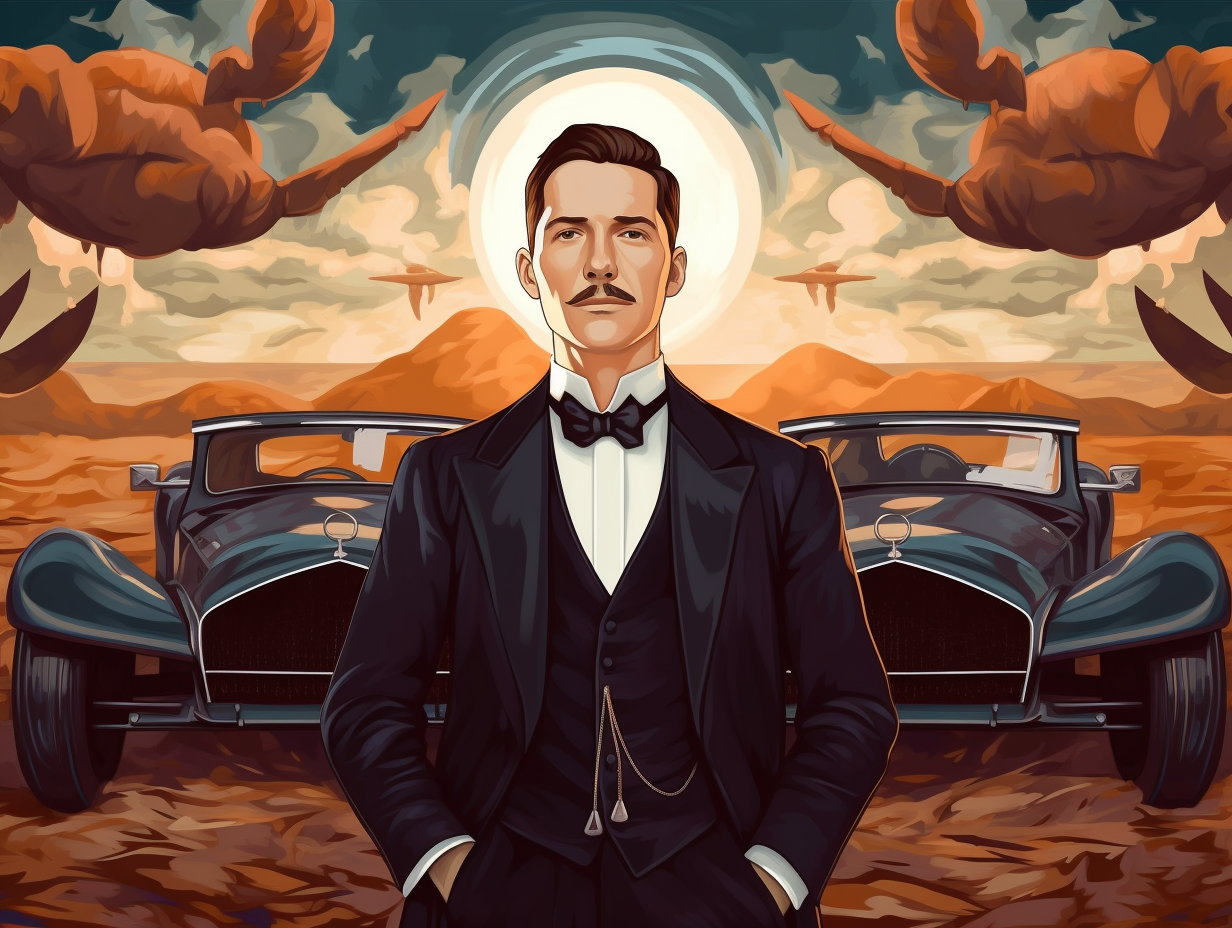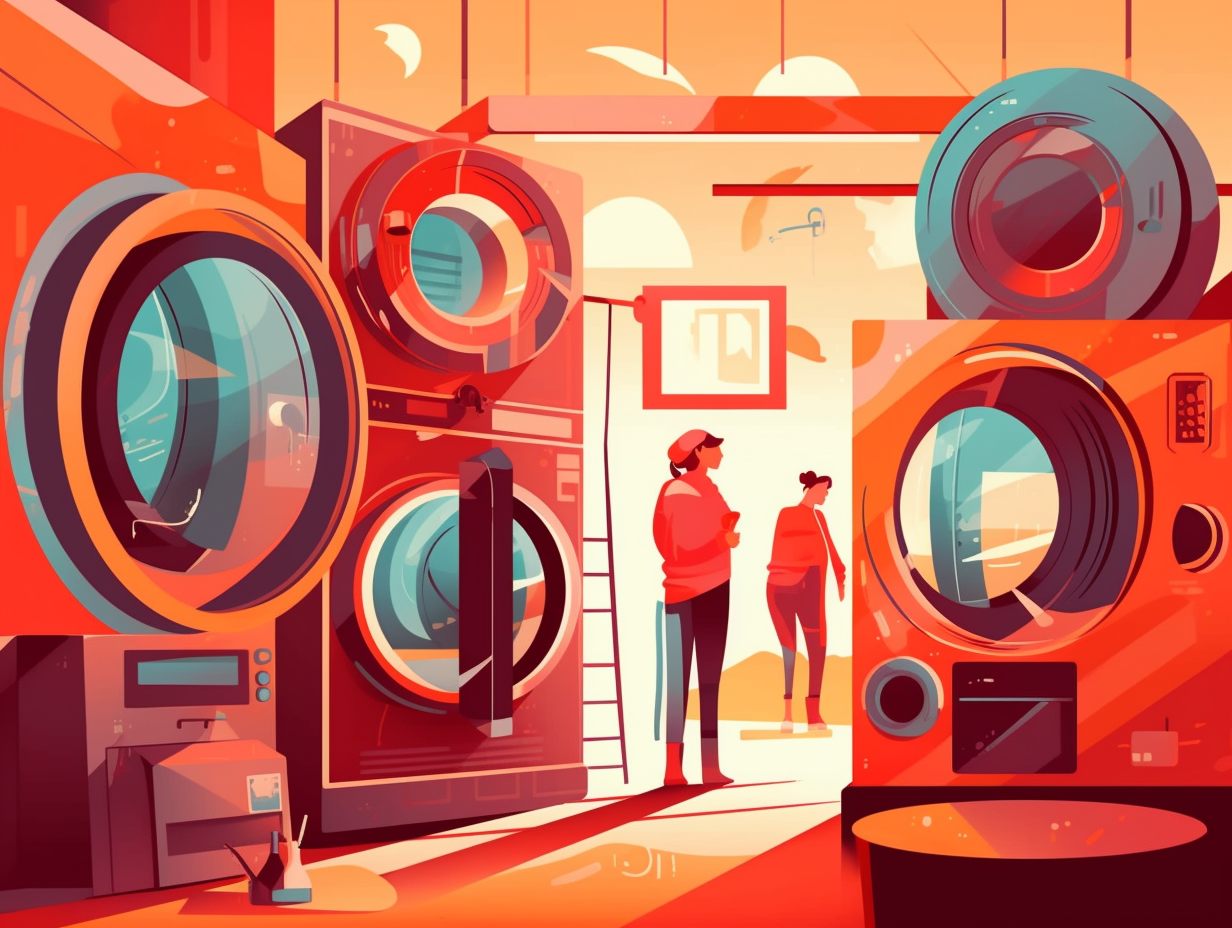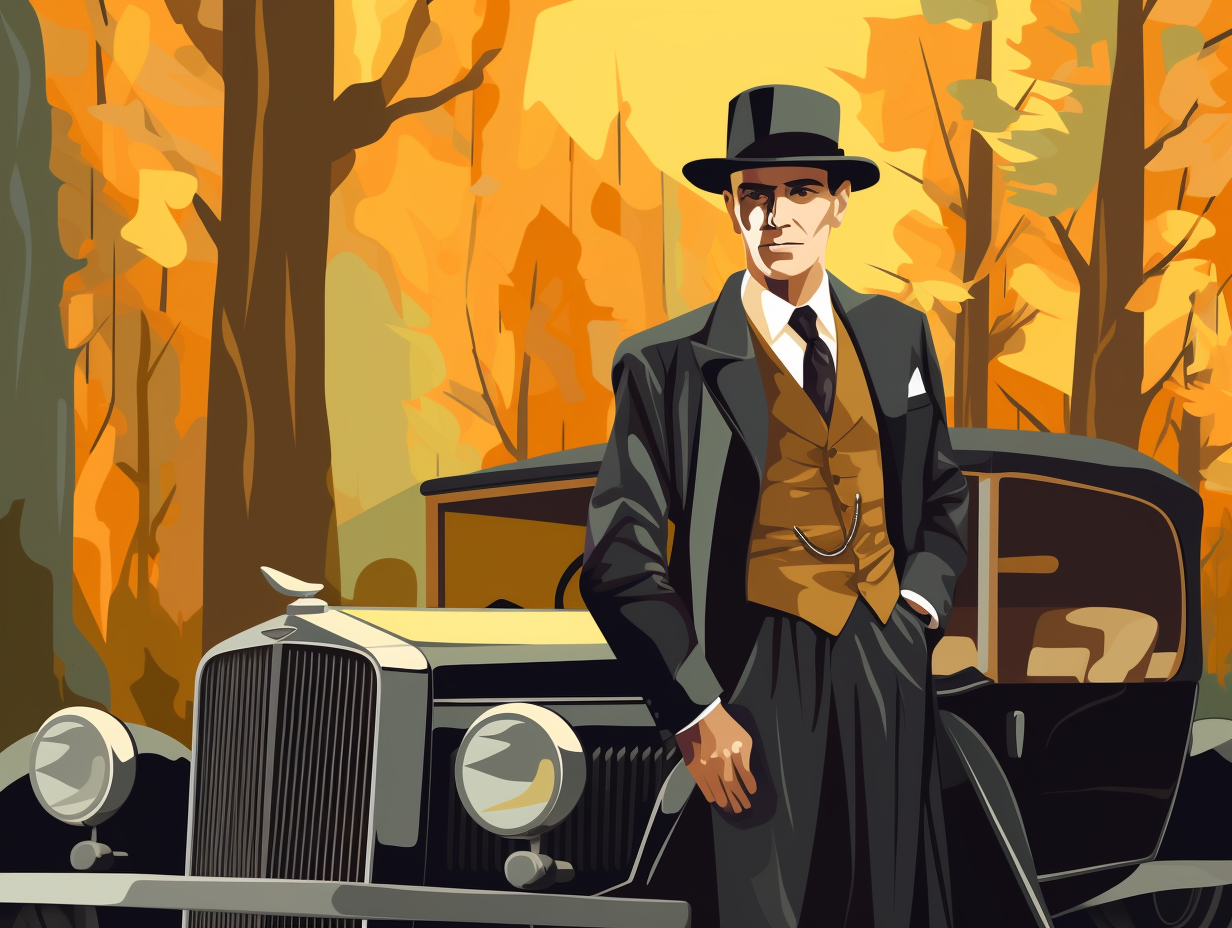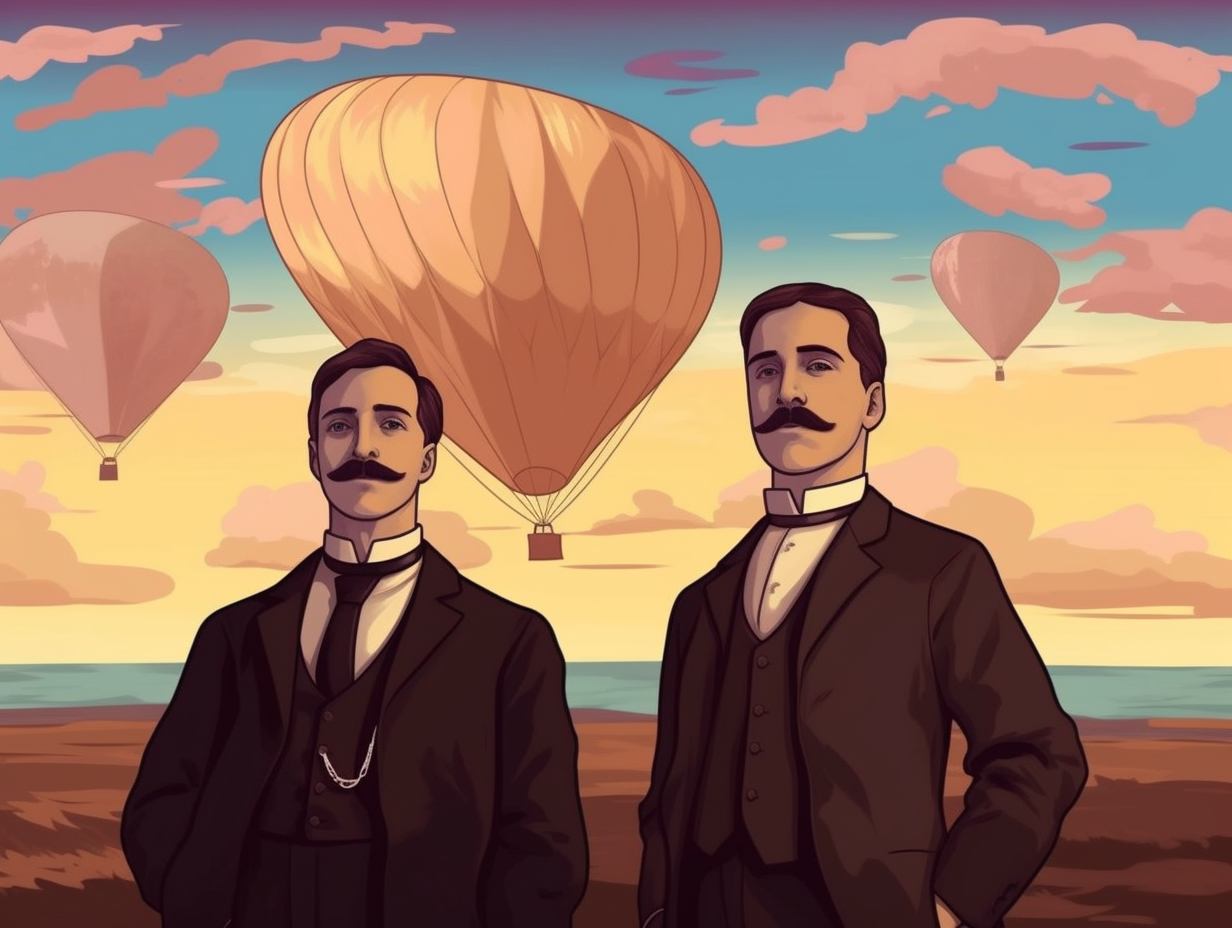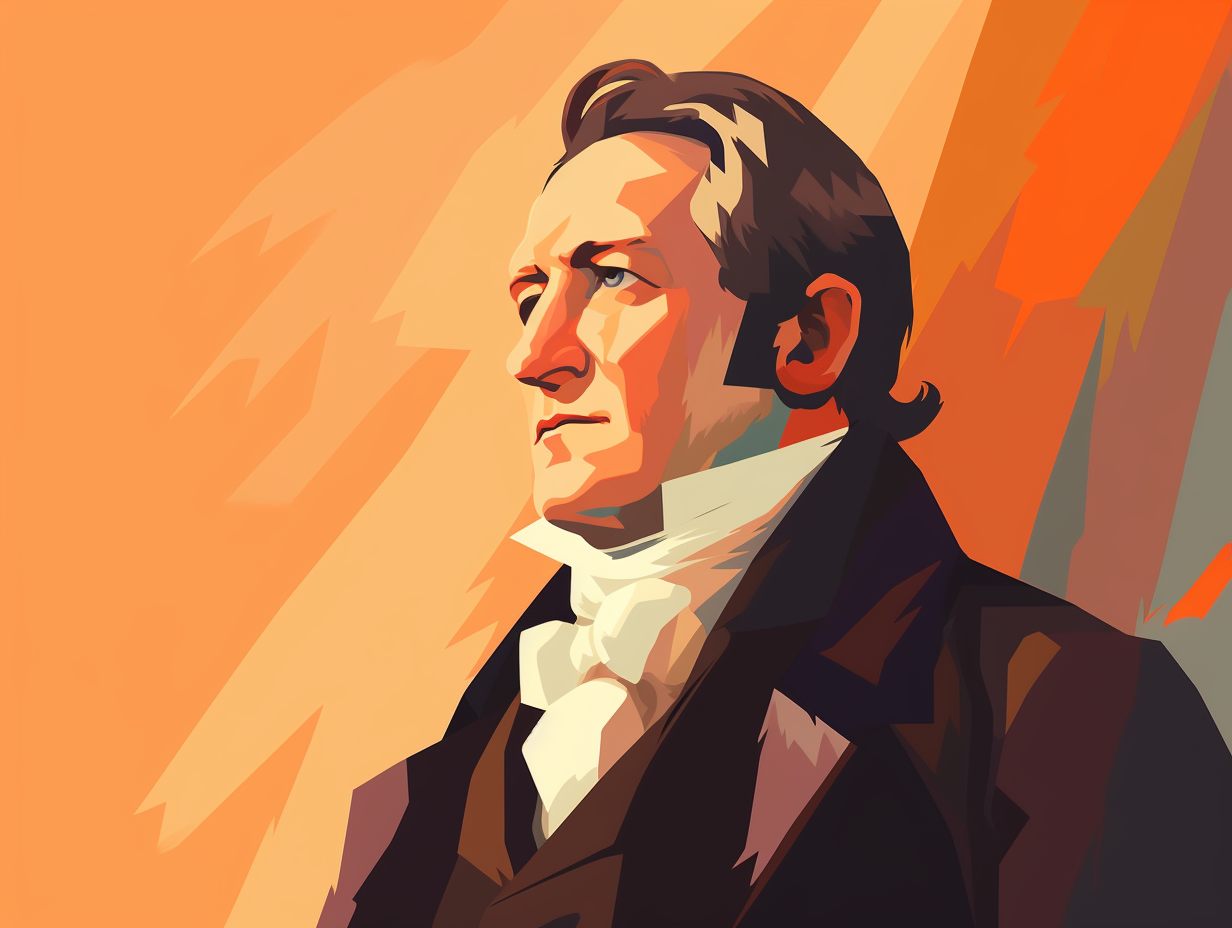Unleashing Creativity: Top 7 Fun Facts About the Typewriter You Never Knew!

1. The Birth of QWERTY and the American Typewriter
Lo and behold, ye weary scribes, for behold the marvel of mechanized penmanship: The first commercially triumphant typewriter was patented in 1868 not by an Italian maestro, but by a quartet of ingenious Americans – Christopher Latham Sholes, Frank Haven Hall, Carlos Glidden, and Samuel W. Soule, from Milwaukee, Wisconsin. Crafted into a working prototype by nimble clock-maker Matthias Schwalbach and mass-produced as the Sholes and Glidden Type-Writer by E. Remington and Sons in 1873, this epoch-defining contraption gifted us the QWERTY keyboard layout that persists e'en upon our modern computer keys.
Source => en.wikipedia.org
2. Dr. Francis' "Literary Piano"
In a time when the "QWERTY" had yet to be born, and writing devices had more in common with Mozart than Microsoft, there existed a clunky contraption that tickled the ivories of an untapped market: Enter Dr. Samuel Ward Francis' 1857 patented typewriter, nicknamed the "Literary Piano" for its circular hammer arrangement, common printing center, and elegant ivory keyboard, which collectively heralded the dawn of a new era in word processing and speedy writing shenanigans.
Source => americanhistory.si.edu

Did you know Europe's paper craze began long before Gutenberg's printing press? Discover how this industry fueled a revolution in mass-produced books for all to enjoy!
=> Fun Facts about The-Printing-Press
3. Lebbeus Rogers: Carbon Paper Innovator
Before the days of ctrl+C and ctrl+V, a magical realm of inky smears and smudges reigned supreme, where typewriters danced in harmony with their partner - the carbon paper: Lebbeus Harding Rogers was the unsung hero in this love story, inventing the improved carbon paper in 1868, which revolutionized business operations during the late 19th and early 20th centuries. His company, the Rogers Manifold Carbon Paper Company, dominated the industry and Rogers himself made further innovations in typewriter ribbons, manifolding sheets, letter-envelopes, and scalloped paper – even if he missed out on investing in Alexander Graham Bell's telephone.
Source => oztypewriter.blogspot.com
4. Remington: The OG Office Master
Before the world of 'You've got mail,' Remington was steering ahead, paving the way for future office conquerors, and putting the 'type' in stereotype: The Remington Typewriter Company, established in 1886 and later becoming Remington Rand, dominated the 20th-century office jungle with their typewriters, adding machines, calculators, and even electric razors, making shaved time a reality and leaving their mark on workplace communication and computation!
Source => en.wikipedia.org

5. Blackburn: The Speed-Typing Legend
In a world of "speed dating" and "fast-food," it's no surprise someone had to go and set lightning-fast records for typing, too: Enter Barbara Blackburn, an American typist who hit her all-time high with 170 WPM in 1980, using a Dvorak keyboard – not only typing at break-neck speeds but maintaining 150 WPM for 50 whole minutes while committing a scant 0.002% error rate.
Source => en.wikipedia.org
6. Lying Down vs. Standing Up Writers
While some might argue if a lying writer is lying, others praise the literal ups and downs of the writing world: Mark Twain, Marcel Proust, and Truman Capote were notorious for writing while lying down, with Capote considering himself a "completely horizontal writer," while the likes of Virginia Woolf, Lewis Carroll, and Fernando Pessoa chose to pen their prose in a standing position.
Source => cabinetmagazine.org
7. Uppercase Only: The Sholes Typewriter
Before emojis and touchscreens, when typists faced a workout of Herculean proportions simply battling QWERTY and the humble shift key: the first practical typewriter was invented by Christopher Latham Sholes in 1867, and it could only type capital letters. Model 2 Remington, released in 1878, added uppercase and lowercase letters, paving the way for authors like Mark Twain to submit typewritten manuscripts of their literary masterpieces. However, it would take until 1909 for the first portable typewriter to emerge, so creatives had to wait a few more decades before they could truly type on the go.
Source => grimsdyke.com
Related Fun Facts

